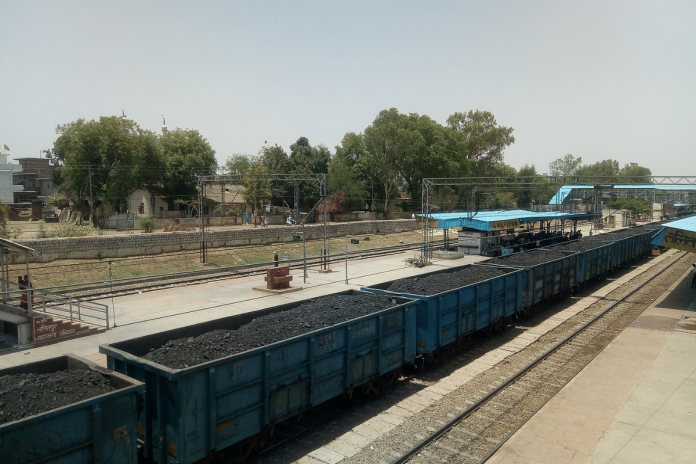The study maps the growth in GDP as compared to other nations and the likely growth rate in the coming years to fix a GDP size of $7.2 trillion for the country by 2030.
Highlighting the growing demand of the energy in the coming years, a study conducted by the Indian Railways has advocated the need to increase coal transportation capacity to 1,200 million tons by 2030, from the present level of 660 MT.
In the railway commodity basket, coal occupies nearly 48 per cent of the space and with the fast paced growth in the economy it is expected that energy demand will also grow rapidly in the coming years.
Since most of the energy presently produced in the country is coal based production, its transportation shall play a critical role in the country’s economic growth.
Acknowledging this criticality ,the Indian Railways has conducted an internal study to determine the likely volume of coal transportation by rail by 2030.
The study, based on likely demographic size and profile, and in addition to the share of renewable to non-renewable energy, predicts a possible total production of 3,000 billion units (BU) of energy by 2030, as against 1,600 BU presently.
At present nearly 75 per cent of the energy produced is from thermal sources and only 25 per cent from non-thermal, even though the installed capacity for power generation for non-thermal energy, including renewable, is nearly 50 per cent of the total installed capacity.
This is primarily due to the low plant load factor of renewable sources as compared to thermal. As per the report, by 2030 this ratio is likely to balance out further to 65 per cent thermal and 35 per cent non-thermal by 2030.
Coal is the dominating fuel source used in thermal power plants for generation of electricity.
Since railway transports nearly 65 per cent of the coal requirement, the report concludes that the railway must create capacity to transport nearly 1,200 MT by 2030, as against the present level of 660 MT.
This is nearly 200 MT higher than what the National Rail Plan had predicted, which was 1,000 MT by rail in 2030. The report further stresses on prioritisation of capacity enhancing projects and fast pacing the same.
Based on this ratio, the report highlights that nearly 2,000 BU of energy, of the total 3,000 BU, will be from thermal sources which in turn transforms to nearly 1,800 MT of coal as against the present 1,000 MT.
It concludes that the East Coast and East West freight corridors should be fast-tracked not only for all rail transportation of coal, but also for rail-cum-ship transportation of coal from the eastern coast line adjoining the major coal producing areas in states of Odisha and Chattisgarh.
The study maps the growth in GDP as compared to other nations and the likely growth rate in the coming years to fix a GDP size of $7.2 trillion for the country by 2030, thereby making it the the third largest economy.
The report also highlights the need for prioritising 675 projects mentioned in the ‘Mission 3,000 MT’ document brought out by the Railway Ministry in July 2022.


